Some of these things are essential.
Others are reading now
The prices of everyday goods and experiences have changed drastically over the past few decades.
Items that were once simple and accessible to most people have now become luxury goods, forcing many to think twice before spending money on them.
What used to be ordinary daily expenses now require larger budgets and more careful prioritization.
This development is due to a combination of inflation, rising production costs, and changing consumer habits.
Also read
Whether it’s groceries, housing, or a simple cup of coffee, price increases have become a noticeable part of everyday life.
But what exactly has made these things so much more expensive, and how has this affected the way we live?
Groceries
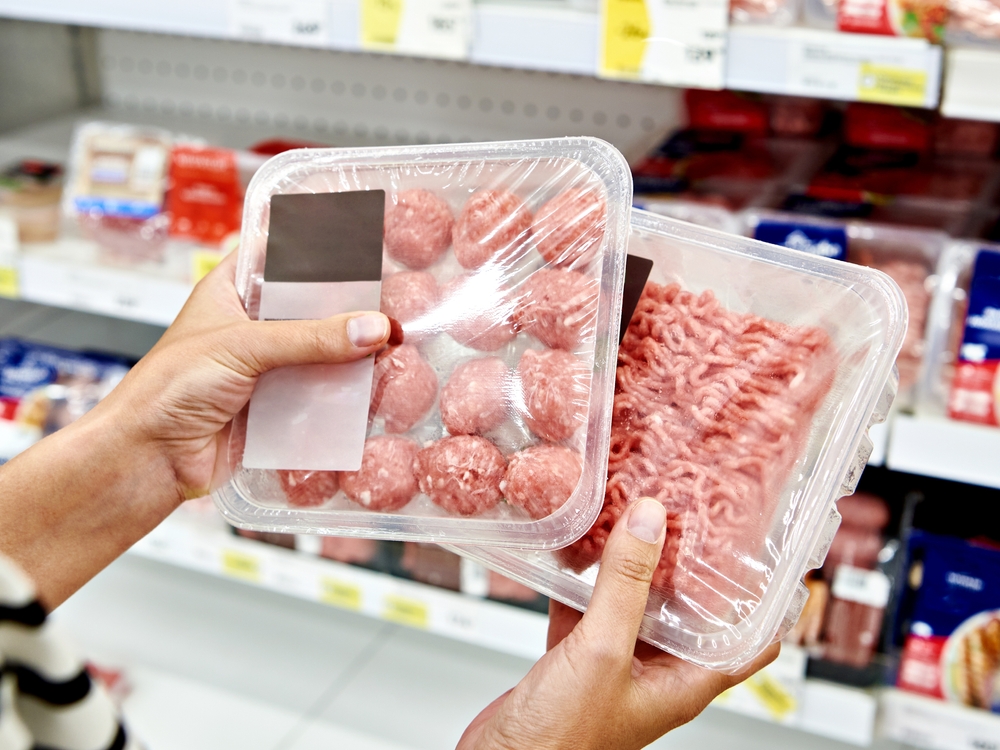
Let’s start with what affects us all: groceries.
There was a time when you could fill a shopping cart without emptying your bank account, but prices on everything from butter to pasta have skyrocketed.
Inflation, climate change, and global supply chain issues have turned even the most basic items into luxuries for many.
Fast Food
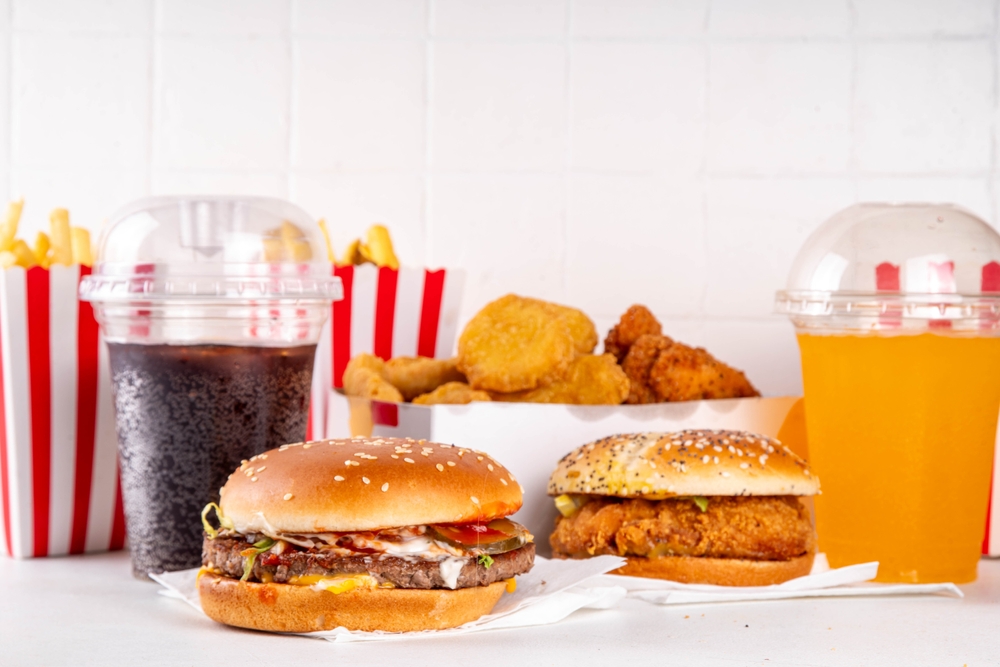
Fast food used to be the cheap option, but today, a simple meal at a burger chain can cost nearly as much as a home-cooked dinner.
Rising wages in the industry, increasing raw material costs, and higher operating expenses have driven prices up.
Housing
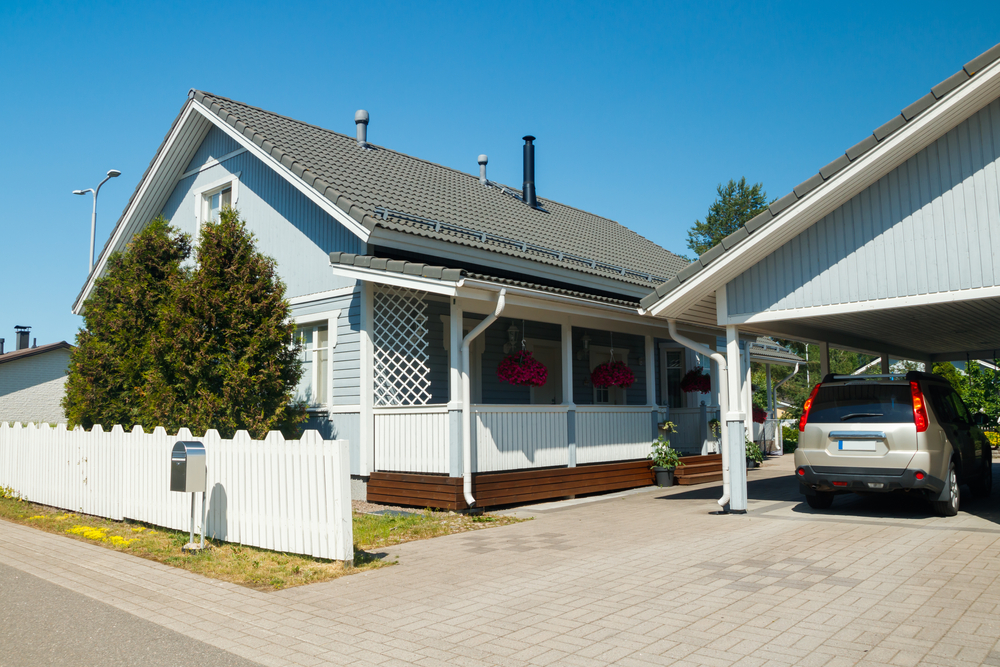
Property prices have skyrocketed in recent decades.
While homeownership was once the norm, it is now reserved for those with high incomes.
Even the rental market has become more expensive, pushing many into precarious housing situations.
Coffee

Coffee used to be an inexpensive pleasure, but today, a barista-made cup costing $7 or more has become the norm.
High-quality beans, costlier production methods, and growing demand for specialty coffee have driven prices up.
Fuel

Gasoline and diesel prices have risen drastically, making driving an expensive endeavor.
The phasing out of fossil fuels and geopolitical instability have pushed prices even higher, while electric cars remain a significant investment.
Privacy
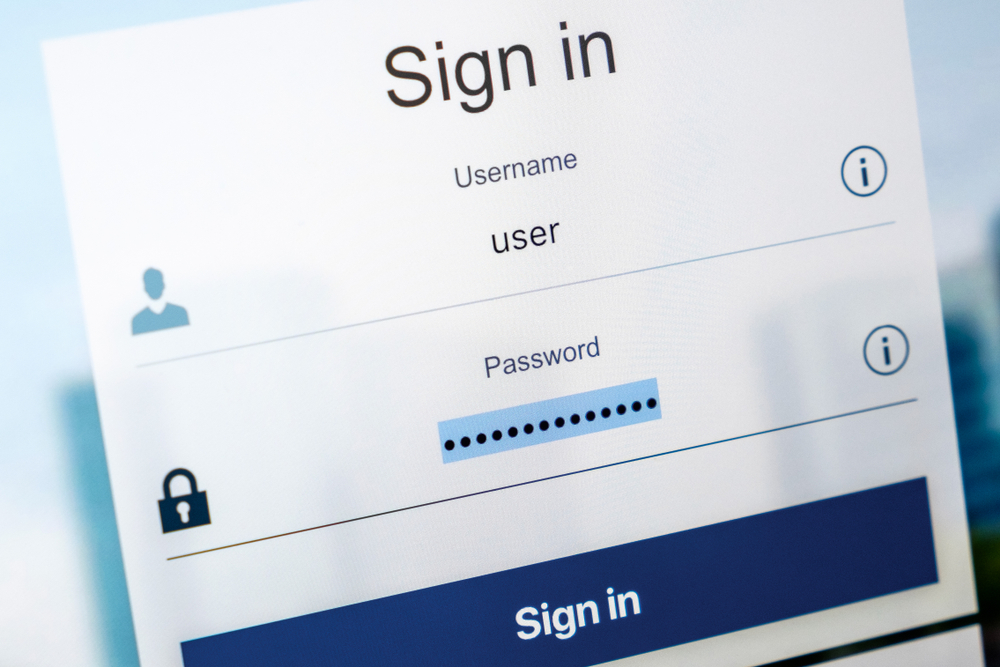
Privacy was once a given, but today, protecting your data and avoiding surveillance comes at a cost.
Subscriptions to VPN services, secure devices, and ad-free apps have become essential for those who want to avoid being tracked and sold as data products.
Childcare

Childcare used to be an affordable part of life, but today, daycare and preschools take up a significant portion of parents’ budgets.
Higher requirements for qualified staff and improved facilities have driven prices up.
Mobile Phones

Mobile phones were once a one-time investment, but today, they represent an ongoing expense.
Newer models become obsolete faster, and subscriptions with additional services place an even greater strain on budgets.
Road Trips

Hitting the open road was once a budget-friendly way to travel, but today, gas prices, tolls, and rising hotel costs have made it an expensive affair.
Even camping, once a cheap alternative, has become more costly.
Concert Tickets

Concerts used to be affordable for most people, but ticket prices have soared.
Additional fees, VIP packages, and exclusive experiences have made seeing your favorite artists live a costly experience.
Dining Out
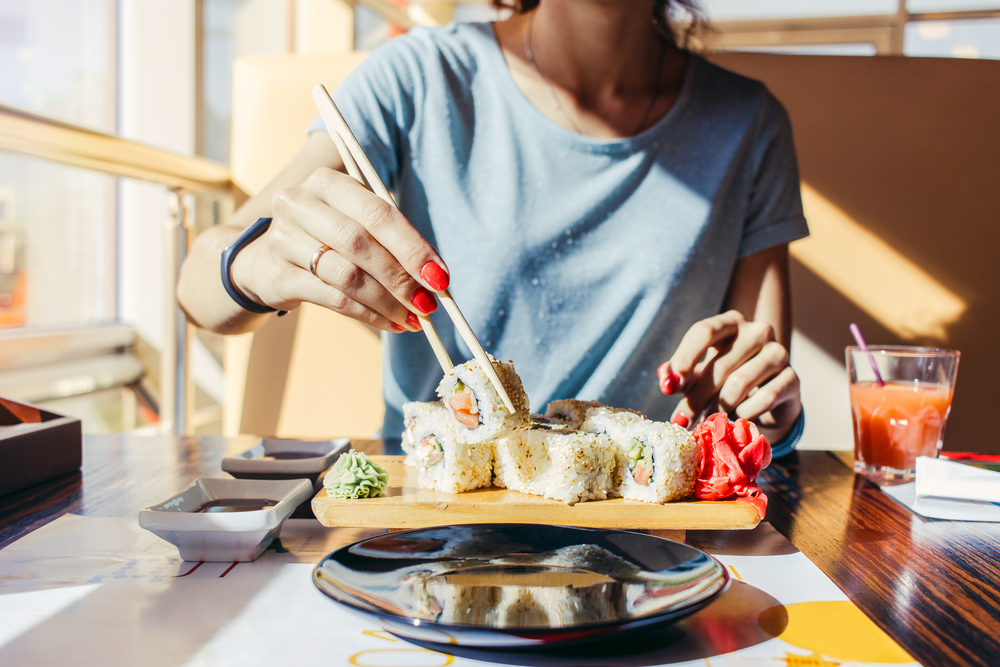
Restaurants are no longer just for special occasions, but rising costs have turned frequent dining out into a luxury.
Higher wages, increasing ingredient prices, and inflation have all impacted the final bill.
Analogue Cameras

Film cameras were once standard, but today, they are niche products with high price tags.
Production costs and growing demand from enthusiasts have made analog photography an expensive hobby.
Pet Food
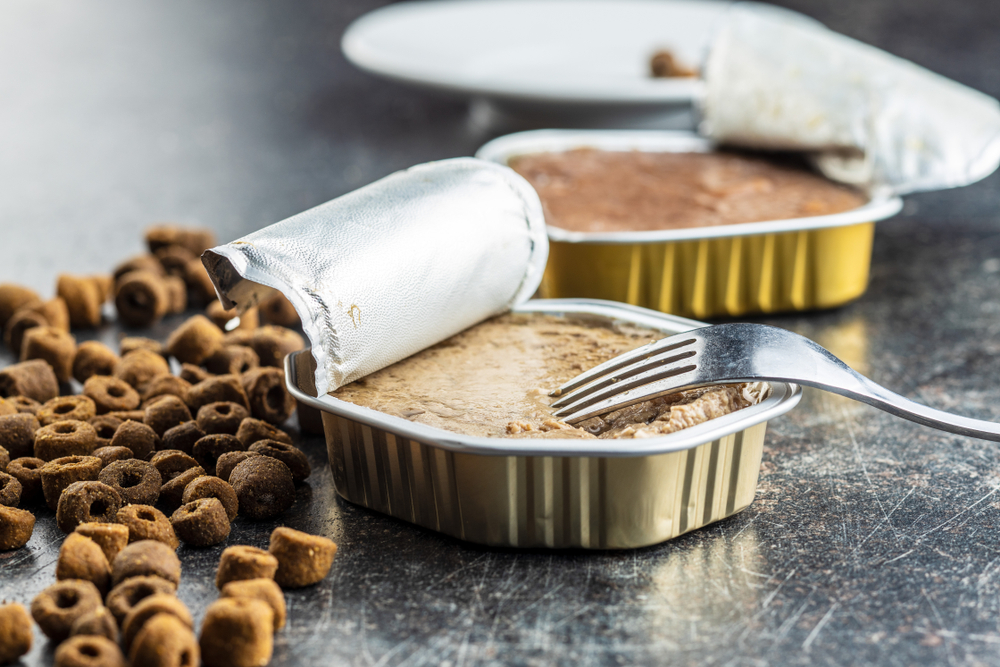
Pet food used to be a minor expense, but with the increasing focus on health and quality, the market has boomed.
Specialty food, hypoallergenic products, and organic ingredients have made even a dog’s daily meal a costly affair.


